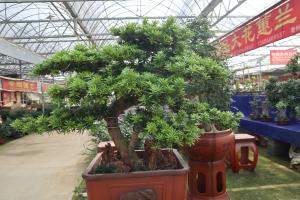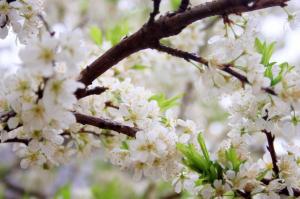1、 Flowering time
The flowering time of tulips is from March to may, but the flowering period can be changed by controlling the temperature. If you put it under the high temperature of 34 ℃ for a week from June to July, and then put it under the environment of 17 ℃ for two months, you can promote flower bud differentiation. After planting in September, it can bloom in December. If the flower buds are put in the environment of 9 ℃ for a week immediately after differentiation, they will bloom in February of the next year after planting in September
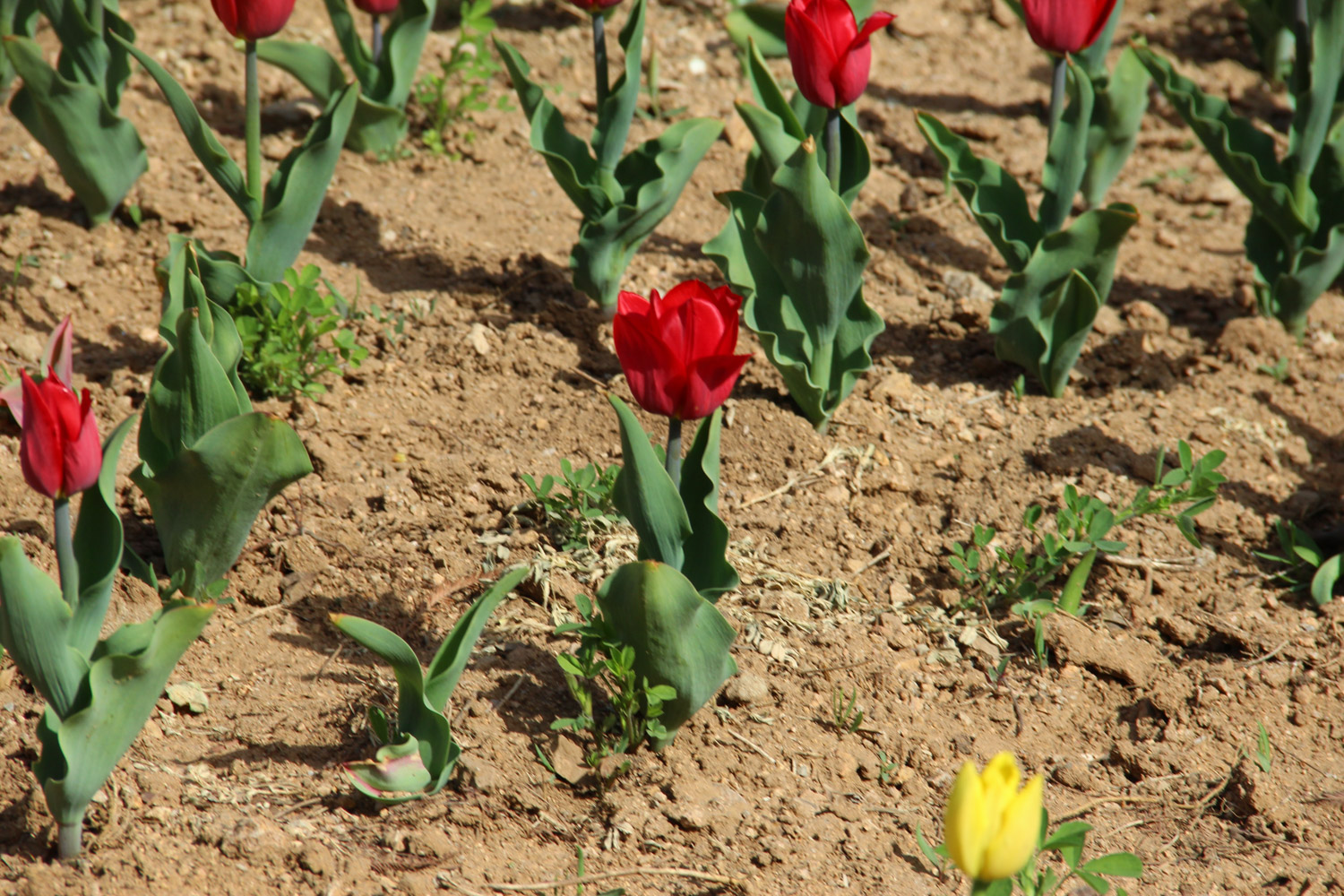
2、 Flowering maintenance
1. Temperature: the temperature of tulip should be controlled at about 17-23 ℃ during flower bud differentiation. If it exceeds 35 ℃, it will inhibit the differentiation of flower buds and lead to unfavorable flowering. In addition, low temperature will also lead to non flowering. It should be moved indoors in time
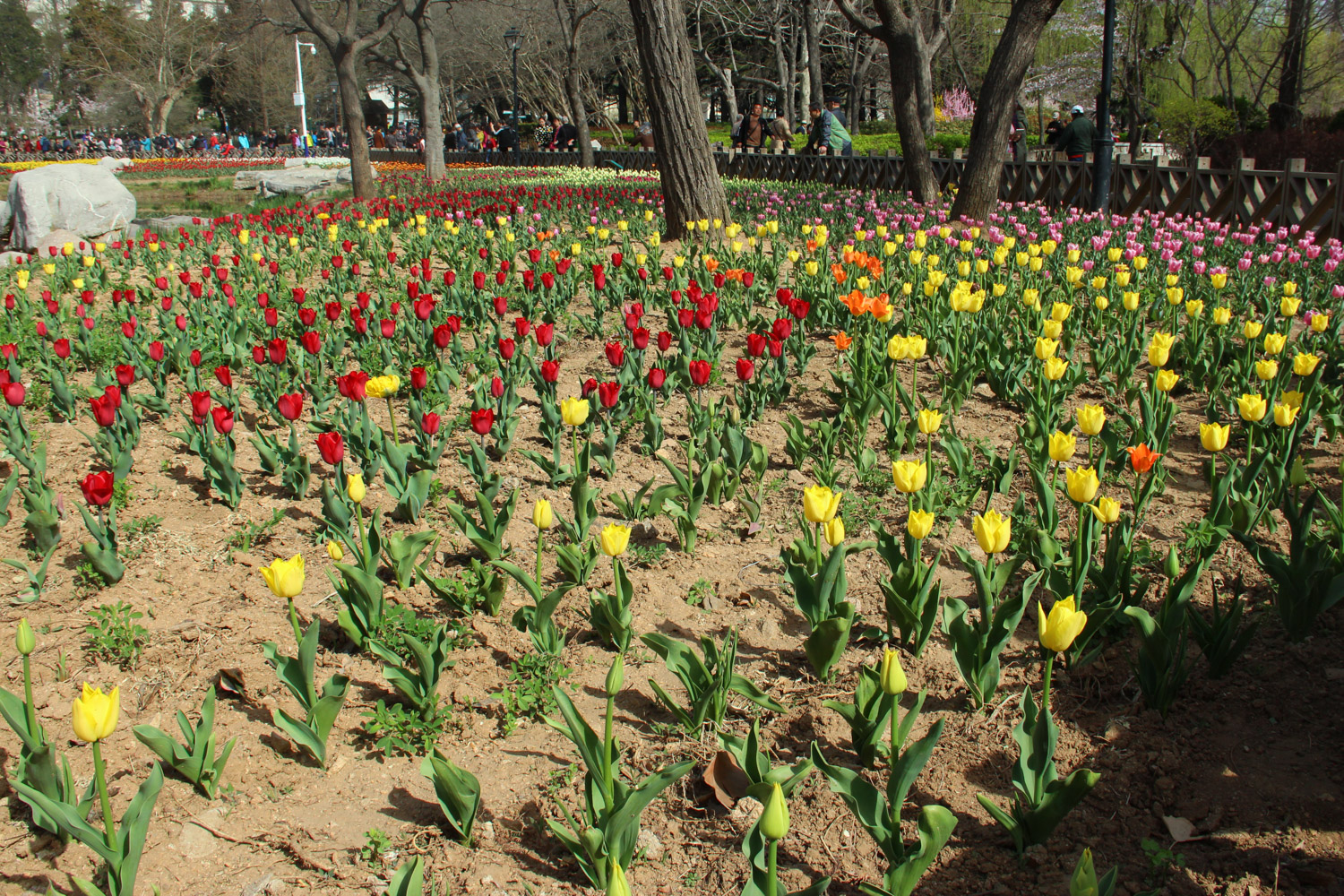
2. Sunshine: when tulips germinate, light can inhibit the growth of flower buds. So we should shade in time. In addition, we can plant the ball deeper, which will help flowering
3. Watering: watering should be properly reduced during flowering. At this time, its demand for water is limited. Too much water will hinder the respiration of the root, leading to its decay and even death. Watering can appropriately increase the number of times to control the basin soil from being too dry
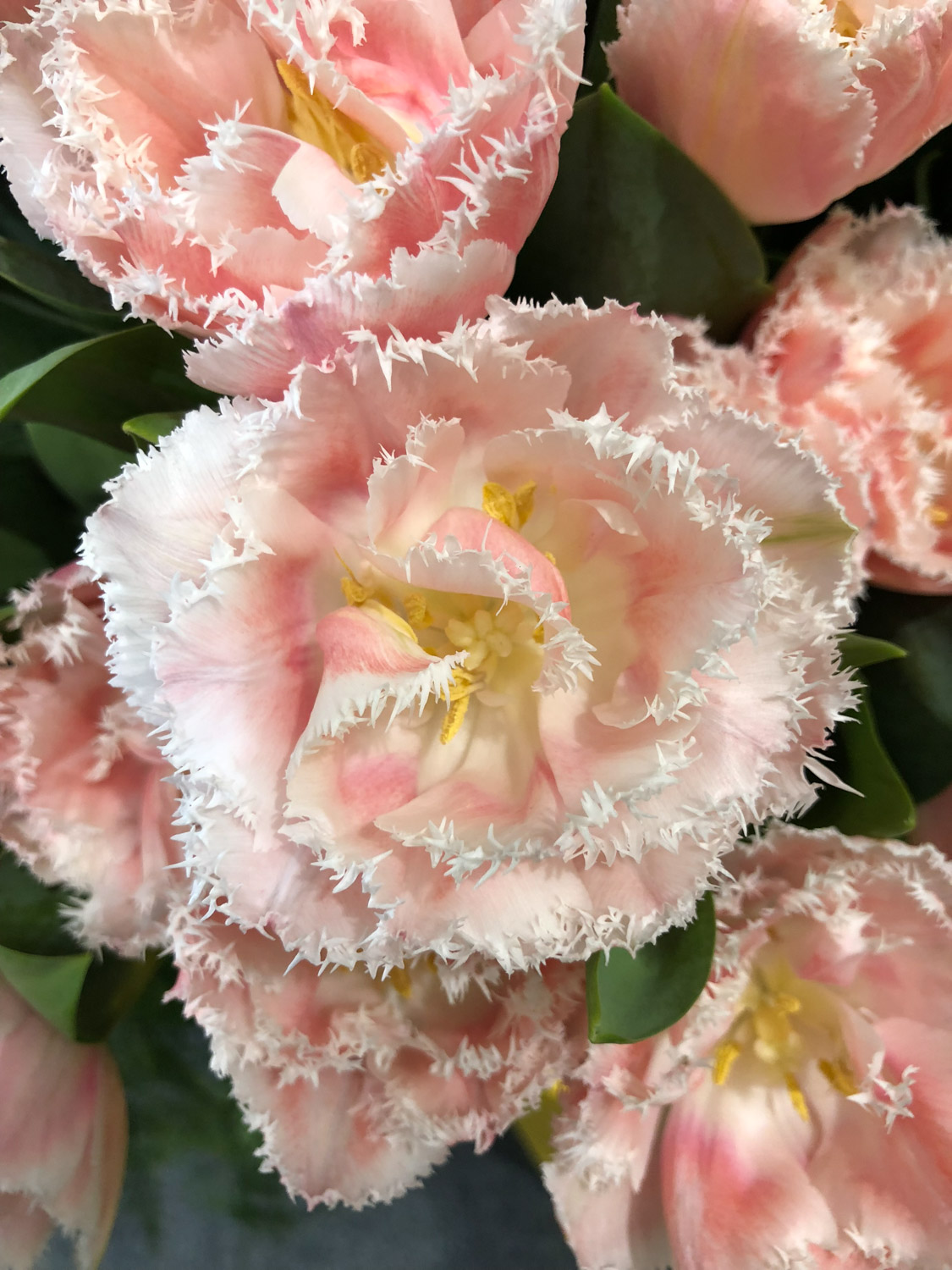
4. Fertilization: stop fertilization during flowering to avoid damaging the roots. Liquid fertilizer should be applied in time after flowering to supplement nutrients for seed bulbs

 jackfruit
jackfruit snake plant
snake plant hibiscus
hibiscus hydrangea
hydrangea lavender
lavender Green roses climb al...
Green roses climb al... If you don't pay att...
If you don't pay att... Management of four g...
Management of four g...




